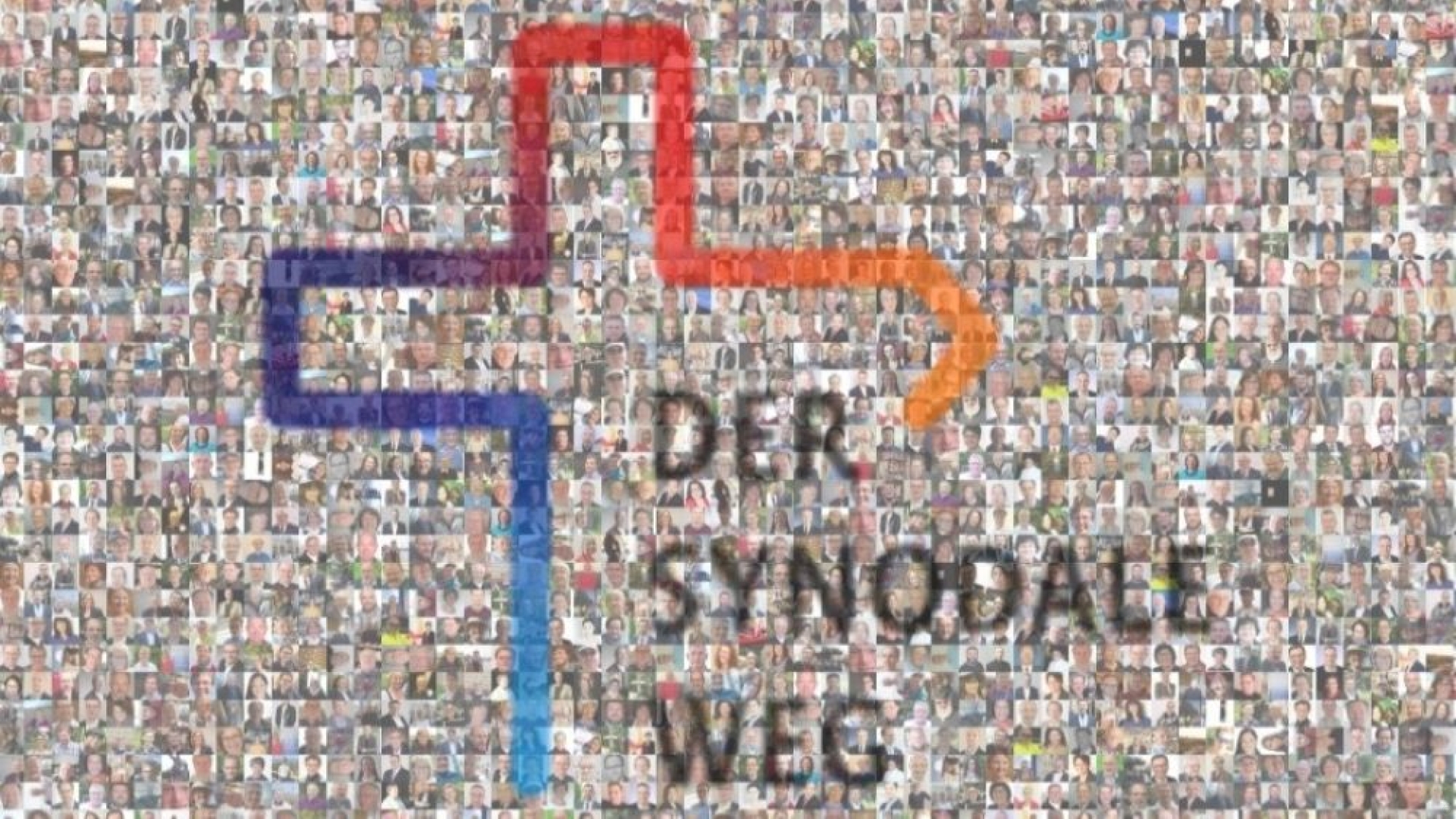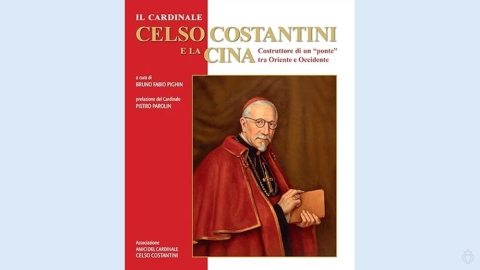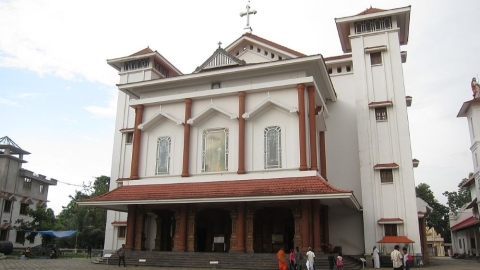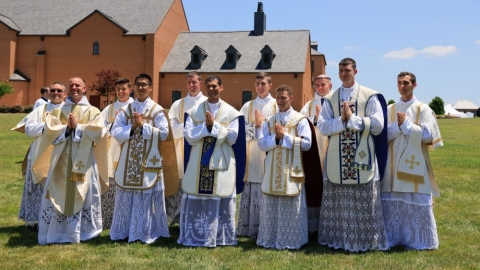Timeline of the Synodal Path (2)

The synodal process in Germany is in the phase of implementing the decisions passed during the Synodal Assemblies, the last of which was held in March 2023. Hindsight, since the launch of the Synodal Path in 2019, makes it possible to describe this movement which has plunged the German Church in a whirlwind that many observers do not hesitate to call schismatic.
15 texts were voted on during the Synodal Path. A short summary of each of them will allow us to situate them over the course of a few articles.
1. Preamble. Listen, learn, taking new ways: The Synodal Path of the Catholic Church in Germany (03/11/2023)
The document states that “the German Synodal Path must contribute to the Synodal Path of the Universal Church to which Pope Francis has invited all believers at Pentecost 2021”; as well as “the Synodal Path addresses pressing issues of great importance not only in Germany, but also in other regions of the universal Church” (no. 2).
The text also affirms, following the MHG report, that “sexualized violence… is systemically and structurally part of the Catholic Church.” It speaks of “the institutional failure of the Church.” The Synodal Path wants to look into “abuse in spiritual and pastoral relationships, the abuse of power through clericalism and incompetence, the disregard for women and for people who do not conform to the binary order of male and female, and last but not least, where the Church’s teaching on sexuality promoted or promotes an understanding that does not do justice to what deeply constitutes the reality – especially the sexual identity – of many people” (no. 5).
The document notes that “the Catholic Church has lost credibility in many areas, which she hopes to regain. This can only happen through a change which, in addition to a changed attitude, also takes institutional modifications into consideration” (no. 16). This is why “the goal of the Synodal Path is to prevent discrimination, suffering and violence, to eliminate the systemic causes of sexual violence” (no. 17).
The text also notes that “due to the worldwide situation of sexual abuse by members of the clergy, worldwide systemic changes are also needed. We would like to contribute to this with the Synodal Path in Germany” (no. 20).
2) Orientation Text. On the path of conversion and renewal. Theological foundations of the Synodal Path of the Catholic Church in Germany. (02/03/2022)
“The task of the orientation text consists in clarifying the theological foundation for successful work in the forums, it serves the entire Synodal Path of evangelization” (no. 7). This base is nourished by sources which “are places of theology” and “times of theology” (no. 9). “The most important places of theology include Holy Scriptures and tradition, the signs of the time, and the sense of faith of the people of God, as well as the Magisterium and theology” (no. 10).
In this long, dense text, we must note what is said in no. 42: “In insights of other sciences are indispensable. For only they open up the reality of many areas of life that are not (fully) covered by Holy Scripture or tradition.” But the question is: what sciences are these? The unfolding of the Synodal Path will above all see the intervention of the social sciences, which are anything but exact, and which, today more than in any other period of humanity, are subject to profoundly anti-Catholic hypotheses.
3) Power and separation of powers in the Church. Joint participation and involvement in the mission (Forum I. 02/30/2022)
This basic – doctrinal – text of Forum I, wants a change in the “system of power” in the Church, calling for “greater shared responsibility, cooperative action and enforceable participation rights.” Among the objectives: “the Church in a free, democratic society has to face public supervision”; that “leadership must always be co-decided by those over whom decisions are taken.”
The reason: the causes of abuse “are systemic and linked to the structure and teaching of the Church.” It will be necessary to “create spaces, secure participation rights, and prevent abuse”; and to have an “inculturation in democracy” which is “a place of learning for the Church.”
Among many other proposals, we note: entrusting management tasks to qualified people, but not necessarily to clerics or religious; from this perspective “the establishment of equal participation rights for women is of particular importance.” The abolition of ecclesiastical celibacy; and again the access of women to ordination.
4) Priestly existence today (Forum II. 03/09/2023)
In this fundamental text, the general objectives are formulated. Thus “the call for substantial systemic change has become evident” (no. 3). Certain points of change “reach a broad-based consensus” (Ibidem). They are listed in the following numbered sections.
“A priesthood that is theoretically reserved for heterosexual men alone seems questionable and not compatible with actual practice. The gender-dependent admission to the priesthood causes incomprehension, is discriminatory and must be abolished. The justification of celibacy as an obligatory priestly way life is largely no longer accepted and convincing. The equal acceptance of homosexuality, also among priests, is explicitly demanded” (no. 4).
It is a question of reflecting on “a renewed examination of the Church’s understanding of ministry. The misconception of priestly ordination, which can be summarized under the key word clericalism is to be considered in this context above all other things” (no. 34). “The sacramental necessity of the priesthood is being questioned” (no. 40).
Among the concluding observations: “We are faced with the challenge of developing the theology of ordination in such a way that its essence, founded in Scripture and tradition, is preserved, while at the same time overcoming its elements that are no longer in keeping with the times, that promote clericalism and encourage abuse” (no. 82).
The text recognizes “have universal church dimensions” (no. 83), which is why it adds “the developed implementation texts are to a large extend proposals to the universal church processing, primarily in a synod or even a council” (no. 84)
And again: “With the implementation text ‘The celibacy of priests – strengthening and opening’ and further considerations to ‘Plural ministry structures as an opportunity - Overcoming clericalism,’ – the Synodal Assembly formulates petitions the universal Church” (no. 85).
5) Women in ministries and offices of the Church (Forum III. 09/09/2022)
Another long and dense text, but whose aims are unequivocal: “Demanding gender justice as the basis for all future courses of action in the Roman Catholic Church is the guiding principle of the following observations” (no. 1).
As for the method: “This absolutely must include reflecting on the different theological positions from the perspective of gender equality, entering into a close exchange with the social sciences, cultural studies and human sciences, and constructively taking up their reflections on gender theory.” (no. 5). In other words, swallow all the false philosophy that leads this “reflection on gender” in modern sociological and societal trends.
Chronology
(Sources : synodaler.weg/katholisch.de – FSSPX.Actualités)
Image : synodaler weg





